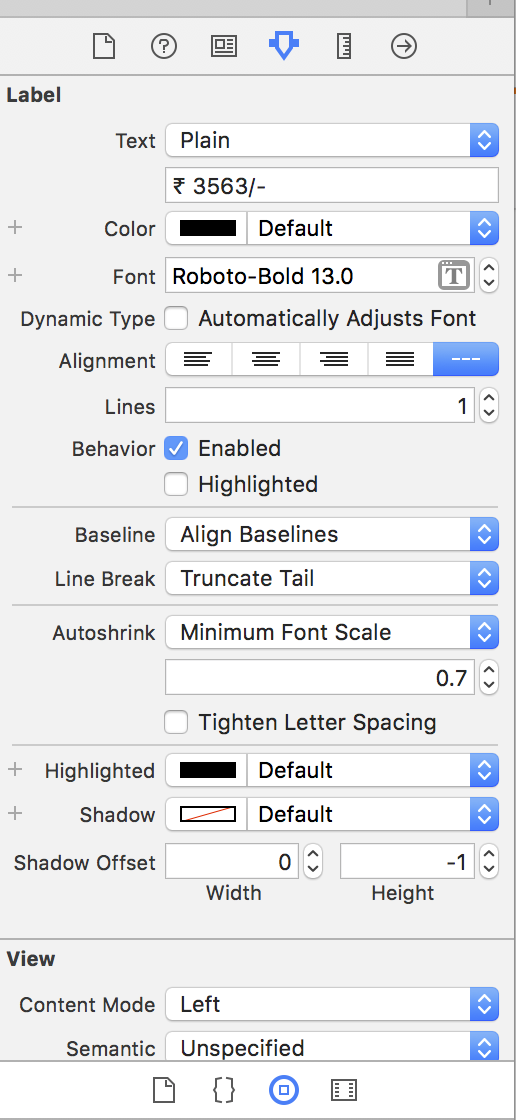Single line:
factLabel.numberOfLines = 1;
factLabel.minimumFontSize = 8;
factLabel.adjustsFontSizeToFitWidth = YES;
The above code will adjust your text's font size down to (for example) 8 trying to fit your text within the label.
numberOfLines = 1 is mandatory.
Multiple lines:
For numberOfLines > 1 there is a method to figure out the size of final text through NSString's sizeWithFont:... UIKit addition methods, for example:
CGSize lLabelSize = [yourText sizeWithFont:factLabel.font
forWidth:factLabel.frame.size.width
lineBreakMode:factLabel.lineBreakMode];
After that you can just resize your label using resulting lLabelSize, for example (assuming that you will change only label's height):
factLabel.frame = CGRectMake(factLabel.frame.origin.x, factLabel.frame.origin.y, factLabel.frame.size.width, lLabelSize.height);
iOS6
Single line:
Starting with iOS6, minimumFontSize has been deprecated. The line
factLabel.minimumFontSize = 8.;
can be changed to:
factLabel.minimumScaleFactor = 8./factLabel.font.pointSize;
iOS7
Multiple lines:
Starting with iOS7, sizeWithFont becomes deprecated.
Multiline case is reduced to:
factLabel.numberOfLines = 0;
factLabel.lineBreakMode = NSLineBreakByWordWrapping;
CGSize maximumLabelSize = CGSizeMake(factLabel.frame.size.width, CGFLOAT_MAX);
CGSize expectSize = [factLabel sizeThatFits:maximumLabelSize];
factLabel.frame = CGRectMake(factLabel.frame.origin.x, factLabel.frame.origin.y, expectSize.width, expectSize.height);
iOS 13 (Swift 5):
label.adjustsFontSizeToFitWidth = true
label.minimumScaleFactor = 0.5

